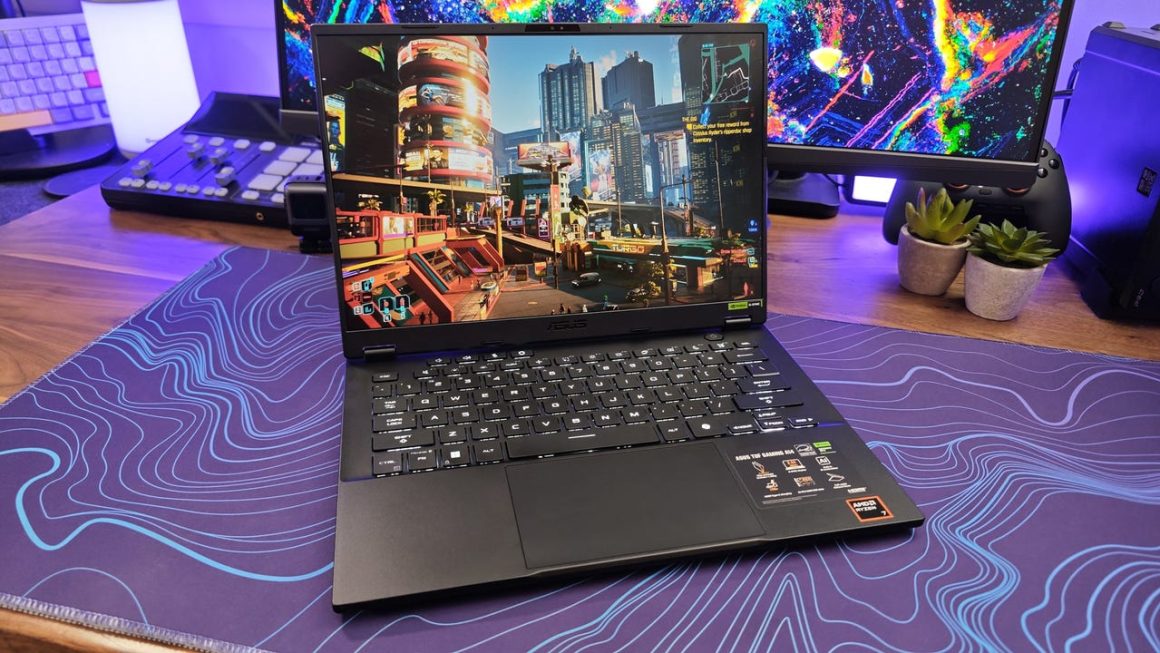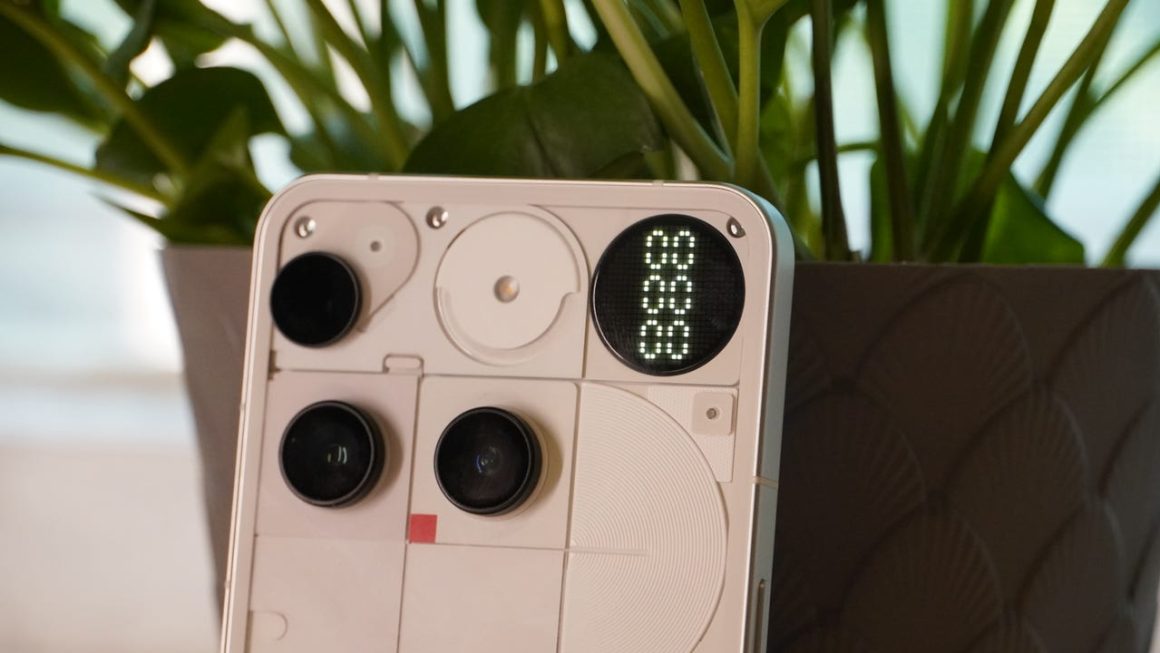For the longest time, the prevailing advice (and sometimes requirement) for students buying laptops was to get something like a MacBook Air or even a Chromebook, two devices that are more than capable of lightweight research and writing workloads and are pretty affordable to boot. However, as more workloads become accelerated by GPUs, workstations and gaming laptops are becoming necessary for some college students – especially if you’re in a field like engineering or design.
It’s more important than ever to take a close look at your syllabus and find out the apps you’re going to be using in order to make a better call on your school laptop. You don’t want to put yourself in a situation where you are holding yourself back because your laptop struggles to handle the work. But you also don’t need to fork over thousands of dollars for some serious workstation when a more affordable gaming laptop can do the same kind of tasks.
What Even Is a Gaming Laptop These Days?
I’m old enough that when I think of gaming laptops, I instinctively think of thick, garish machines made of plastic and bright LEDs. But gaming laptops have come a long way in the last 10 years, and it’s probably because manufacturers have realized that people are using them for more than just gaming.
You don’t even have to look far to see the impact of this. The new Razer Blade 16 is a gorgeous laptop that trims down its footprint to be nearly as thin and light as a MacBook Pro. This has come at the expense of some performance on the high-end, as Razer needs to limit the TDP of the GPU to make sure it doesn’t, like, melt, but the result is something that is more attuned to creative professionals than the gamers that made Razer a household name.
Likewise, the entire Asus Zephyrus lineup used to be marketed as high-end gaming devices. And while they’re still certainly capable of playing Cyberpunk, something like the Zephyrus G16 doesn’t really look like a gaming laptop – and that’s because it kind of isn’t. Instead, laptops like this that would have traditionally been known as gaming laptops come with Studio drivers pre-installed and are marketed more towards their AI and creative workload capabilities – plus it looks like it belongs in a board room. This kind of laptop is more akin to a portable workstation than what I’d call a ‘gaming laptop.’ So what even is a gaming laptop in 2025?
It used to be that any laptop with a discrete GPU was a gaming laptop – quite simply it was a laptop that could play games. But as creative and AI workloads have ramped up in complexity, that distinction has become more muddled. There are plenty of laptops out there that have high refresh rates and high-end GPUs, but come preinstalled with Nvidia Studio drivers and are marketed and priced as creative workstations.
The fun part, though, is that you can install those Studio drivers on any Nvidia GPU, so you can unlock that creative or AI performance in a more affordable gaming laptop like the MSI Cyborg A15. It won’t be as pretty, or as easy, to carry around campus, but if you have a limited budget, it might be the best way to unlock the extra performance you need for your schoolwork.
The GPU Demands for STEM Work
To be clear, when I was in school studying philosophy, I didn’t really need a powerful laptop – in fact, I did most of my schoolwork in the campus computer lab because I didn’t even have a laptop. But if you’re using, I don’t know, Blender for schoolwork, you really don’t want to depend on a run-down school PC to get your final project out the door.
You also don’t need to drop thousands of dollars on a top-end workstation to get that work done. If you’re studying in a STEM field, it’s just important that you get something with a discrete GPU. Every time I’ve benchmarked Blender on a CPU, it is exponentially slower than on a discrete GPU, whether it’s on a desktop or a laptop. Likewise, if you’re creating AI models during your coursework, training it is going to take forever on an integrated GPU. Even a low-end discrete chip is going to significantly boost performance.
Gaming laptops aren’t going to be the right fit for every student, though. If your coursework primarily focuses on research, writing, or even diving into Excel, a MacBook or Chromebook is still going to be the way to go. Then again, having a device that lets you play PC games is a nice bonus.
Gaming In Your Downtime
There are plenty of students who can take advantage of the extra power of gaming laptops for their work, but also gaming laptops are just awesome. PC gaming is better and more diverse than ever before, and even a low-end gaming laptop is able to run most games. An English major isn’t going to need a GPU to boost their writing skills, but a gaming laptop is the best way to play games on campus – especially if you’re shacked up in a dorm room.
Because dorms aren’t really known for their spacious layouts, the more any single device can do, the better. A solid gaming laptop can also be an all-in-one schoolwork and entertainment device. No need to get a tiny TV and a PS5 if you can just play games on your laptop, after all.
You can technically play PC games on any laptop with a decent internet connection, too, thanks to services like Game Pass Ultimate or GeForce Now, but I wouldn’t recommend relying on your school’s Wi-Fi. Playing games on dedicated hardware is just going to be a better experience.
Take the Asus TUF A14 we reviewed last year, for instance. With its RTX 4060 – a last-gen part, mind you – this laptop was able to play everything in our test suite above 60fps. And that includes Cyberpunk 2077, one of the hardest PC games to run. RTX 5060 laptops have started trickling out, too, and while we haven’t had the chance to review one yet, you can probably expect similar performance out of them.
Battery life in gaming laptops also doesn’t take as much of a hit as it used to, either. Mostly thanks to the AMD chip in the TUF A14, the laptop lasted nine and a half hours in the PCMark 10 battery test. Now, you won’t get that kind of longevity while you’re actively playing games, but when you’re going around campus doing schoolwork, the laptop should last most of the day.
Plus, who doesn’t want the option of pulling up a game during a boring lecture that you’re not learning anything from anyways?
Jackie Thomas is the Hardware and Buying Guides Editor at IGN and the PC components queen. You can follow her @Jackiecobra




What’s up colleagues, its wonderful article regarding educationand
fully explained, keep it up all the time.